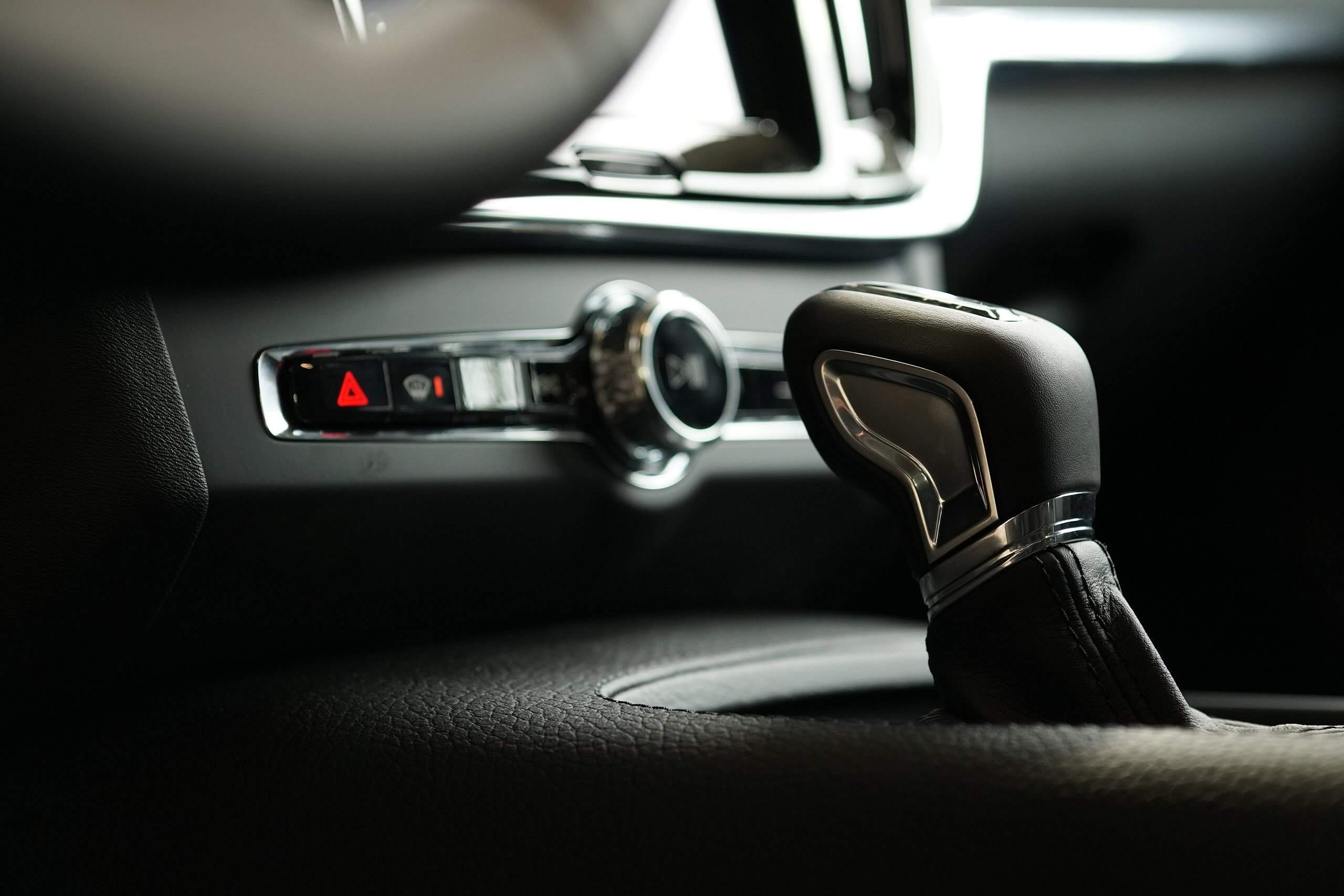Automatic emergency braking (AEB) is one of the most talked-about safety features in modern vehicles. When it works properly, AEB can prevent rear-end crashes and reduce injury severity. But when it malfunctions, the system can create serious risks, from sudden stops in traffic to vehicles that refuse to move at all.
At The Lemon Firm, we often hear from California drivers about AEB issues. With new regulations requiring AEB on all light vehicles by 2029 and recent studies highlighting safety gaps, the conversation around defective systems is more urgent than ever.
What Is an Automatic Emergency Braking (AEB) System?
AEB uses cameras, radar, or a mix of sensors to detect potential collisions. If the system believes a crash is imminent, it automatically applies the brakes to either avoid the crash or reduce its severity.
While the technology has shown benefits in reducing rear-end collisions, it is not foolproof. Poor sensor placement, software glitches, or environmental conditions like glare and rain can trigger unnecessary braking or prevent braking when it’s needed most.
Recent Safety Studies and New Federal Rules
Recent studies have shown a rise in “phantom braking,” where vehicles suddenly stop even when no obstacle is present. These false activations not only frustrate drivers but also increase the risk of being rear-ended.
In 2024, U.S. regulators finalized a rule requiring all new light vehicles to include AEB by 2029. While many 2024–2025 models already feature AEB, the mandate means consumers should expect the technology in every new car going forward. Unfortunately, the rule doesn’t guarantee that automakers will get it right the first time, and lemon law claims are likely to rise as systems are rushed into production.
Signs Your AEB System May Be Defective
A faulty AEB system can cause:
- Phantom braking – sudden, unnecessary stops in the middle of traffic.
- Random stalling or slowing – especially at low speeds, in parking lots, or on slopes.
- Failure to start or maintain operation – some vehicles shut down after ignition due to false collision warnings.
- Unreliable detection – systems may miss actual obstacles, failing to brake when needed.
If you notice repeated issues like these, your AEB system may qualify as a defect under California’s lemon law.
Vehicles Reported with AEB Problems
Over the past few years, complaints and investigations have centered on several makes and models, including:
- 2018 Volkswagen Atlas
- 2017–2019 Nissan Rogue (including Hybrid and Sport trims)
- 2017–2018 Honda CR-V
- 2024 Tesla Model 3 (phantom braking complaints continue despite software updates)
- 2025 Honda Accord (reports of sudden stops tied to sensor sensitivity)
This is not an exhaustive list. AEB issues have surfaced across many brands, including Toyota, Subaru, and Ford.
Automaker Responses and Investigations
Regulators and automakers have taken mixed steps:
- Nissan issued a Technical Service Bulletin and a “Customer Service Initiative” after widespread Rogue complaints, but lawsuits continue alleging defective systems.
- Volkswagen has faced hundreds of complaints about the Atlas but has limited recalls.
- Tesla has issued multiple software updates, but phantom braking reports remain high, especially with Autopilot engaged.
The National Highway Traffic Safety Administration (NHTSA) has fielded thousands of AEB complaints and opened investigations into certain makes, though recalls have been limited.
Your Rights Under California Lemon Law
California lemon law protects you if your vehicle suffers from a substantial defect, like a malfunctioning AEB, that the manufacturer cannot fix after a reasonable number of repair attempts. Remedies may include:
- A replacement vehicle
- A refund of your purchase price, including taxes and fees
- Payment of your attorney’s fees by the manufacturer
You don’t have to settle for unsafe, unreliable technology.
FAQ: Automatic Emergency Braking and Lemon Law
What is phantom braking?
Phantom braking happens when your AEB system applies the brakes even though there’s no obstacle ahead.
Are all cars required to have AEB now?
Not yet. The federal rule requires all new light vehicles sold in the U.S. to include AEB starting in 2029, though many 2024–2025 models already have it.
Can I file a lemon law claim for a defective AEB system?
Yes. If your vehicle’s AEB continues to malfunction despite repeated repair attempts, you may qualify for relief under the California lemon law.
Talk to The Lemon Firm About Your AEB Issues
If your vehicle’s automatic emergency braking system is unreliable or unsafe, you have legal options. At The Lemon Firm, we help California drivers hold automakers accountable when safety technology fails. Contact us for a free consultation. We’ll review your case and explain how we can fight for the refund or replacement you deserve.

